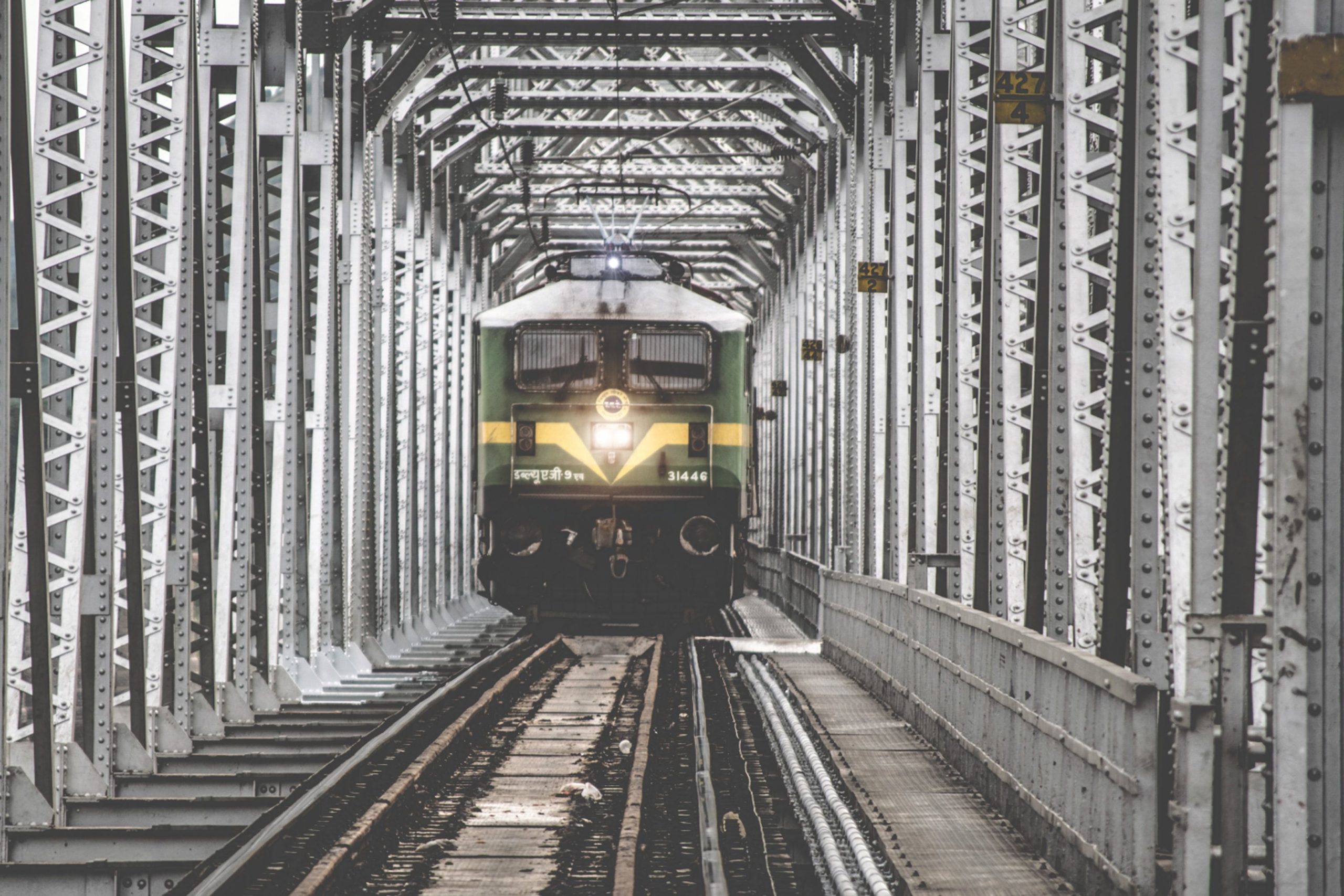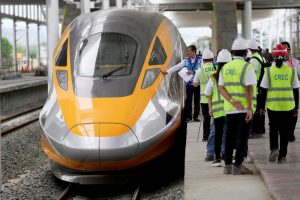Finance Minister Nirmala Sitharaman presented the Union Budget 2022 in Parliament on February 1 at 11 am.
Regarding Indian Railways, the finance minister announced the popularisation of ‘one station, one product’ for local businesses and supply chains.
Railways will develop new products and efficient logistics services for small farmers and Small and Medium Enterprises, besides taking the lead in the integration of Postal and Railways networks to provide seamless solutions for the movement of parcels, she said.
Also Read: At 1 hour and 32 minutes, FM Nirmala Sitharaman makes her shortest budget speech
“400 new generation Vande Bharat trains with better efficiency to be brought in during the next three years; 100 PM Gati Shakti Cargo terminals to be developed during next three years and implementation of innovative ways for building metro systems,” FM Nirmala Sitharaman said.
Railways will also be developing new products for small farmers and Medium and Small Enterprises (MSMEs), she announced.
Also Read: India Union Budget 2022: ‘Drone Shakti’ to push startups into agriculture ecosystem
Contracts for multi-modal parks at four locations will be awarded and a rationalised scheme to increase domestic oilseed production will be brought in to cut down imports.
Further, over 2,000 km of the rail network will be brought under the indigenous world-class technology KAWACH for safety and capacity augmentation in 2022-23.
What were the expectations?
This year, Indian Railways was expecting a Rs 2.5 lakh crore expenditure plan, including gross budgetary support of Rs 1.25 lakh crore. The Centre was planning a major makeover for the national transporter. Through this budget, the Railway Ministry will be able to fund long-term infrastructure projects, freight corridors, and modernize and add speedier trains. It will also help in electrification work on all routes and overhaul of the signaling systems.
Also read: Budget 2022: Expectations from different sectoral Indices
The government had also set a goal to become the first green railway in the world with net-zero emissions by 2030. To achieve the target, the national transporter aims to achieve 100% electrification of railway routes by 2023.
In 2020-21, more than 6,015 km had been electrified, breaking the previous record of 5,276 km in 2018-19, reported The New Indian Express, citing a senior official.
The gross budgetary support for FY23 was expected to surpass the previous year’s allocation.
Also read: Union Budget 2022: A look at India’s most historic budgets
According to a Mint report, a portion of the higher gross budgetary support was expected to be allocated to the Ahmedabad-Mumbai bullet train project and a high-speed train on the Delhi-Varanasi route.
Previous budget
In the previous budget, Indian Railways prepared a National Rail Plan for India – 2030. The plan was to create a ‘future-ready railway system by 2030 and bring down the logistic costs for industry. The government had set a new record by allocating Rs 2.15 lakh crore for the railways. Of the total allocation, Rs 7,500 crore came from internal resources, Rs 1 lakh crore from extra-budgetary resources, and another Rs 1.07 lakh crore from gross budgetary support.
Also read: Economic Survey 2021-2022: Key highlights and takeaways
It introduced aesthetically designed Vista Dome LHB coaches on tourist routes to provide a better travel experience to passengers. It also announced an indigenously developed automatic train protection system to eliminate collisions due to human error.






